Mothers and Orphans
30 July 13
Posted at 11:42
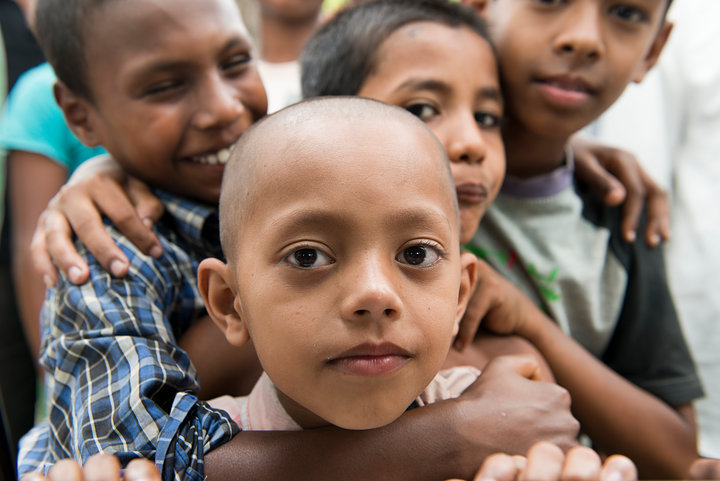
Boys from the village of Motlovpur gather round my car as we leave the village after spending around three hours there meeting and photographing orphan girls and boys. The lads are fascinated by me probably having never seen a Westerner before and certainly not in Motlovpur. The village is a torturous drive from Dhaka taking anything from 3 to 5 hours. I was commissioned to visit the village while I was in Bangladesh by the Media Trust. They were making a promotional video for one of their clients, the Al Mustafa Welfare Trust, and really needed some stills of Bangladeshi orphan girls and their Mothers. It was opportune that I happened to be doing a project in Dhaka so they asked if I could fit a visit to Motlovpur into my schedule.
Visiting the village, other than the actual journey, was a welcome relief from the hustle and bustle of Dhaka. The setting was idyllic, paddy fields and a sort of biblical atmosphere, it was like stepping into the past. The villagers along with their ducks, dogs, goats and cows found me fascinating and word of my presence soon spread.
My job was to photograph primarily girls and their Mothers and to interview them (with the aid of my interpreter). In their culture a Fatherless child is an orphan and orphan girls in particular may be disowned by the father's family and indeed some of their own family.
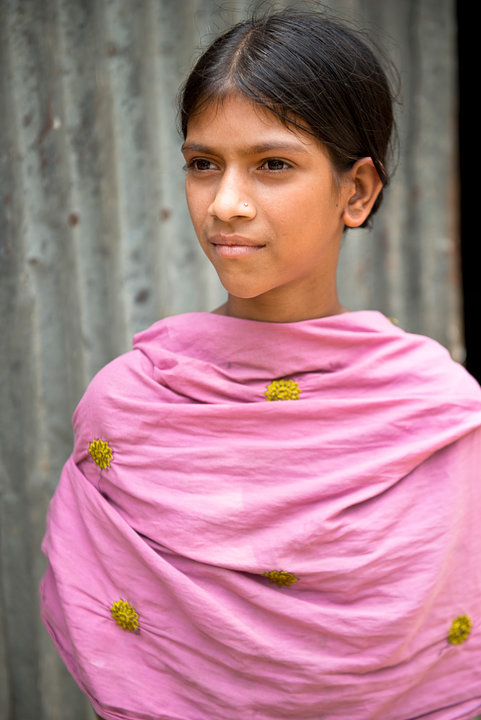
This s Iti. Her father died when she was just one year old. Iti is now nine. The only income the family have comes from Iti's older brother working in the fields after school.
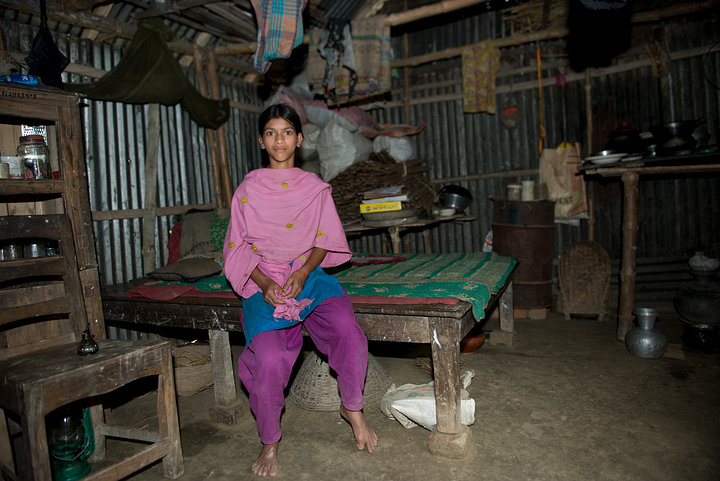
This is Iti in her house. The homes are simple. Corrugated iron fixed to a wooden frame. A couple of beds and a chair or two plus all their belongings in a single room.
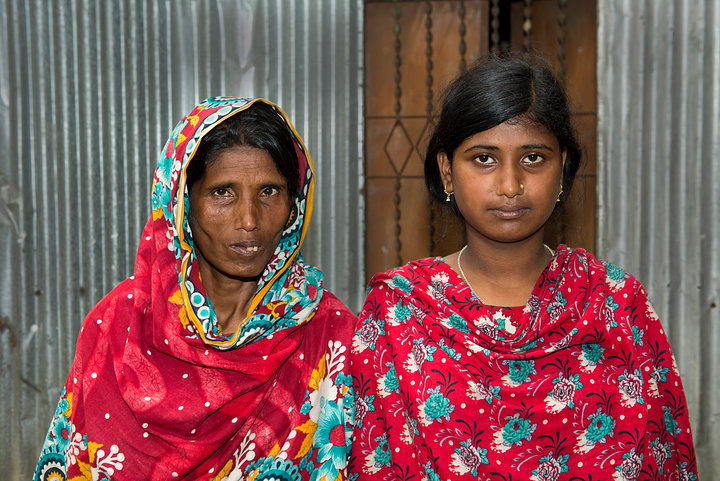
Farida above with her Mother Jaheda. Farida's Father died when Jaheda was six moths pregnant so the eleven year old never met her Father. Farida has a fifteen year old brother whose income from working in the fields
supports the family.
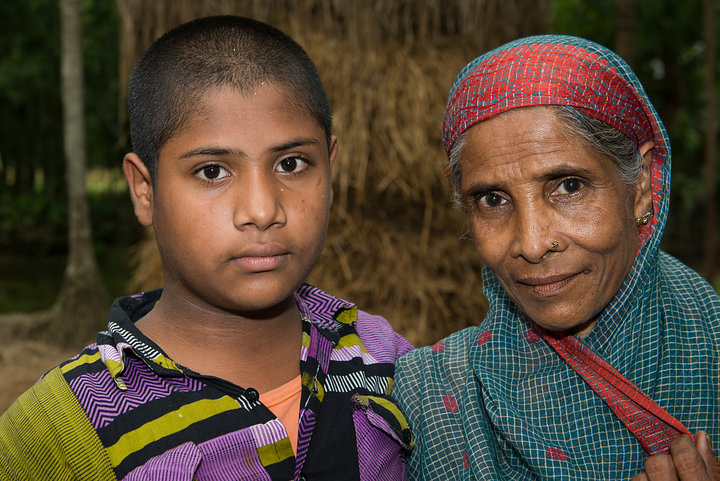
I did meet some orphan boys as well. This is ten year old Usman with his Grandmother. Usman's Father died in a road accident three years ago. Usmans Mother provides for her son by working in the garment industry in Dhaka. Her visits to the village are rare.
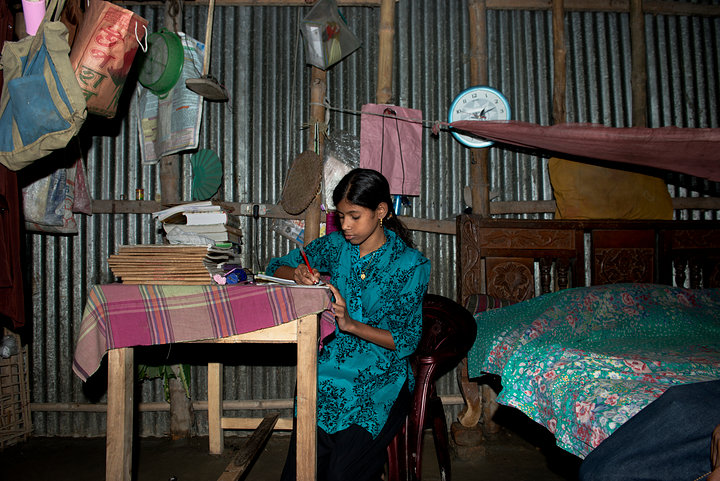
Fourteen year old Onuakhtar does her homework. She hopes to be a doctor one day. Her Father died of TB when she was two. Her Mother works in Dhaka as a servant and is only at home for one day a week. Her paternal uncles live in the village but have disowned her and her Mother.
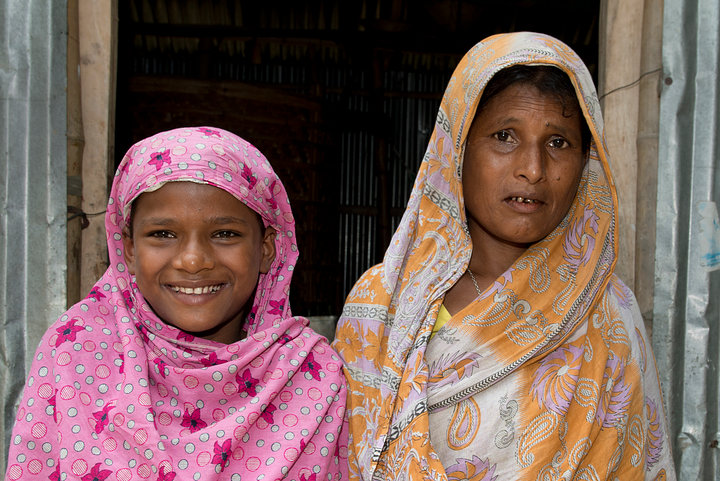
Khodeza is ten years old and her Father died from kidney failure just six weeks ago. She has three sisters, one works in the garment industry in Dhaka and provides the family income.
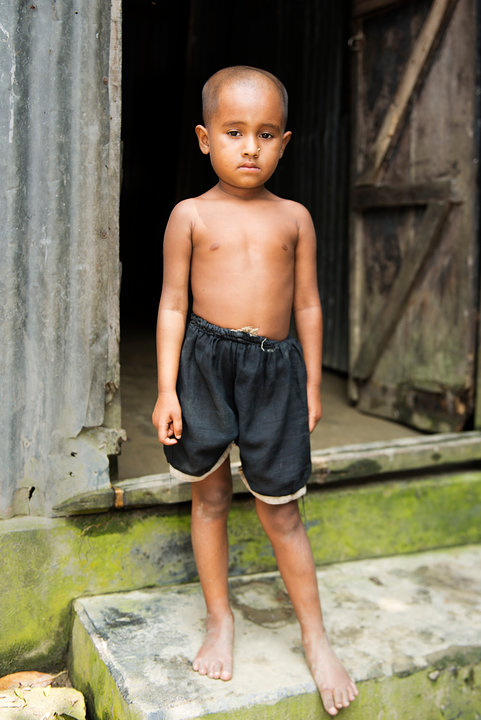
This is Tanjina and below is her sister Tamana
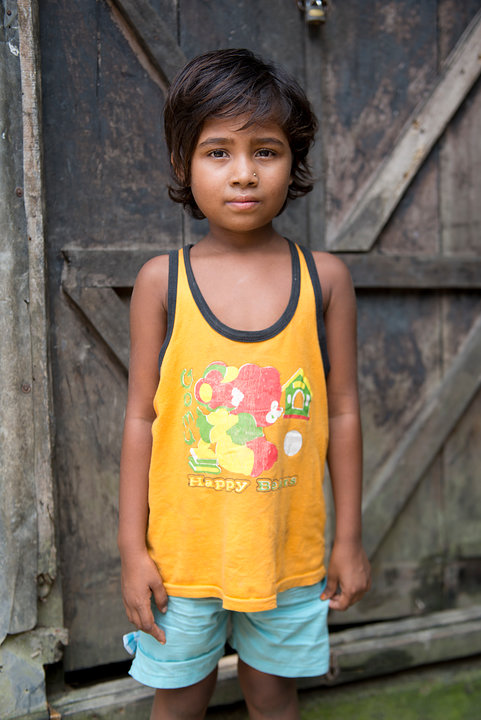
Tamana's Mum works as a maid servant in Dhaka. The girls fend for themselves in the village when Mum is working away. They have no other relatives.
Although the children I met were smiling and appeared happy they have a tough life of poverty. In many ways they are excluded in the village community because of their orphan status. Most of them aspire to be teachers or doctors when they grow up - aspirations that stand little chance of being fulfilled. The Al Mustafa Welfare Trust endeavours to support orphan girls across many subcontinent countries.
Here is a link to the video which includes my stills which was the objective of my visit. http://www.youtube.com/watch?v=P6PKMI5nXP8&list=FLWE-Ei_92zQHPIrCK5vLNFw